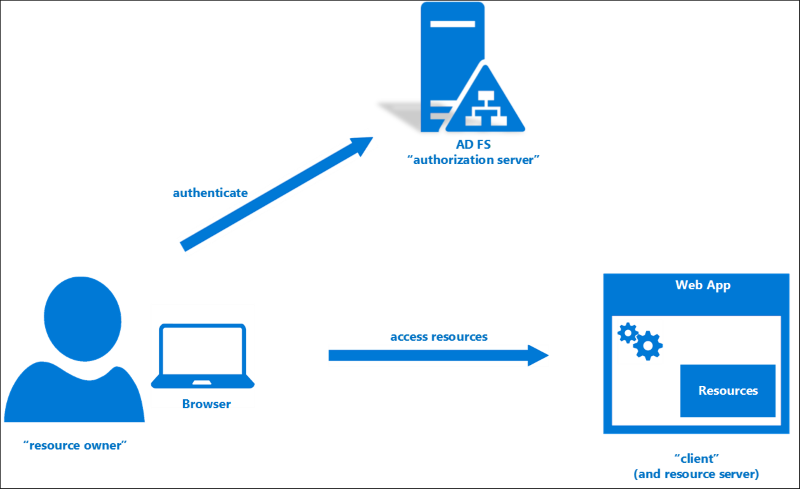Storing an LLM model and training the same model both require memory, but the memory requirements for training are typically higher than just storing the model. Let's dive into the details: Memory Requirement for Storing the Model: When you store an LLM model, you need to save the weights of the model parameters. Each parameter is typically represented by a 32-bit float (4 bytes). The memory requirement for storing the model weights is calculated by multiplying the number of parameters by 4 bytes. For example, if you have a model with 1 billion parameters, the memory requirement for storing the model weights alone would be 4 GB (4 bytes * 1 billion parameters). Memory Requirement for Training: During the training process, additional components use GPU memory in addition to the model weights. These components include optimizer states, gradients, activations, and temporary variables needed by the training process. These components can require additional memory beyond just storing th...


Comments